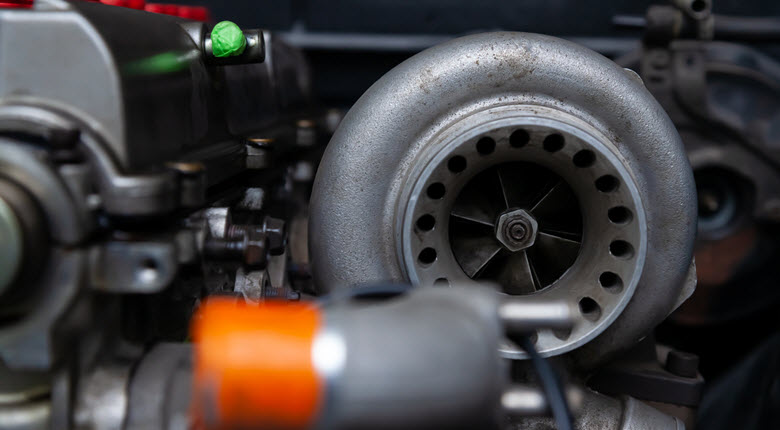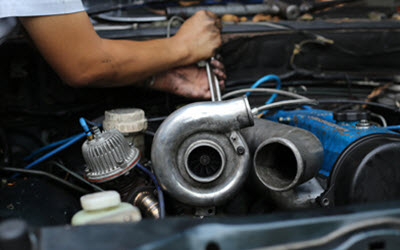
Does your Audi have a turbocharged engine and is still not as powerful as it should be? If you suddenly feel a decrease in speed when driving your car, it could be that there is something wrong with your turbocharger. Audi turbocharged engines are engines that are designed to deliver performance, speed and power on the road. But like any other part of the car, the turbo is not a permanent fixture and can wear out over time. When it begins to develop issues, the performance of your Audi, the amount of fuel it consumes, and safety on the road may be impacted. To help you understand, let’s take a closer look at what the turbocharger does, signs of a potential issue, and why it is important to address the problem right away.
What Does the Turbocharger Do in an Audi?
The turbocharger is an essential component of your Audi as it helps in increasing the amount of air supplied to the engine. This enables more fuel to be burnt and more power to be produced. It is a smart design that allows small engines to deliver power that is characteristic of a large engine. When functioning correctly, a turbocharger enables an Audi to accelerate rapidly, tackle steep inclines and maintain high speeds without exerting much pressure on the engine. It also enhances fuel efficiency in many instances as it gets more work done per gallon of gasoline. As soon as there’s an issue with the turbocharger, you will notice a reverse in performance.
How to Repair Your Audi’s Turbocharger
- Check the Entire Turbo System: The repair of a turbocharger begins with the assessment of the condition of the entire turbocharger system. This involves inspecting the turbocharger unit, oil and coolant hoses, intake and exhaust connections, and other related sensors. You can also use a diagnostic scanner to read the trouble codes.
- Pull Out The Turbocharger: Once it has been determined that the turbocharger is faulty, the next procedure is to remove it from the car. In most Audi models, this process is not easy because of the limited space in the engine compartment. This may involve the removal of covers, the detachment of intake and exhaust pipes, the loosening of heat shields, and the disconnection of oil and coolant hoses. The turbocharger is then removed from the engine by unscrewing it and pulling it out for further inspection. This process needs patience and accuracy to avoid damaging other components in the process.
- Turbocharger Internal Component Check: After the turbocharger has been dismantled, it is assessed to determine if it can be repaired or not. Prior to the installation of a repaired or a new turbocharger, it is important to ensure that the surrounding systems are cleaned. Contaminants should not be left behind as this can easily compromise a new turbo installation.
- Replace Turbocharger: Reinstalling of the turbocharger involves reconnecting the turbocharger to the exhaust manifold, reconnecting the oil and coolant lines and re-establishing the piping. At this stage, all gaskets and seals are changed to achieve airtight and oil-tight joints and sealing. After the reassembly process, new oil and coolant are introduced to fill in for the ones that may have been lost during the removal process.
- Final Testing: When the turbocharger is fitted, the engine is started and checked for any form of noise or leakage. The pressure boost is checked again, and a road test is done to ensure that the engine is performing up to expectations.
M Service Is The Best Place To Get Expert Turbo Repair For Audi Automobiles

If you feel that something is wrong with your car’s turbocharger, do not hesitate to take it to an Audi service center. At M Service, our highly skilled auto mechanics are well trained to take care of different European automobiles including your Audi. We have been offering quality auto repair services to drivers in Walnut Creek and its environs, and we have never disappointed our customers with our services.
Our factory-level tools can be used to diagnose the problem correctly and repair it the right way in the first instance. Whether you just want to clean your turbo or replace some parts, we’ll explain the differences and what we recommend. Turbochargers are complex systems that need some level of attention so they can provide an Audi with the power and efficiency as intended by the manufacturer. If you want to get your turbo back in shape, schedule a repair with us today.